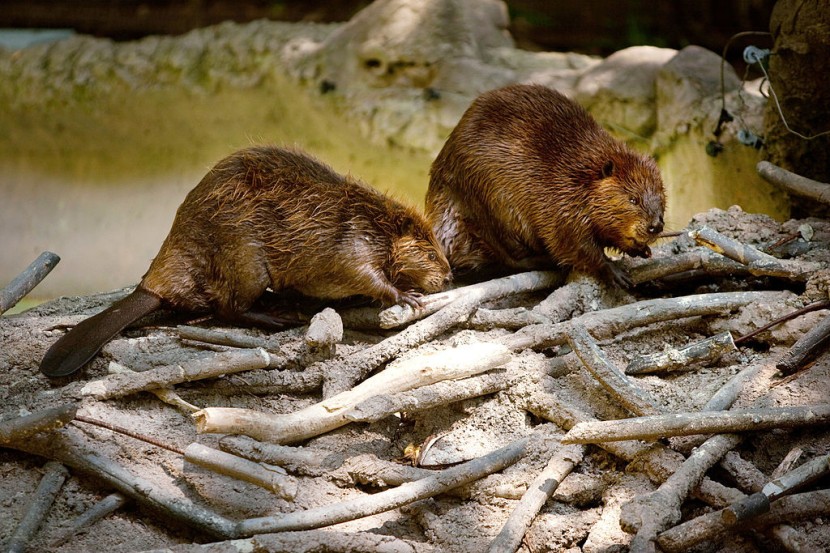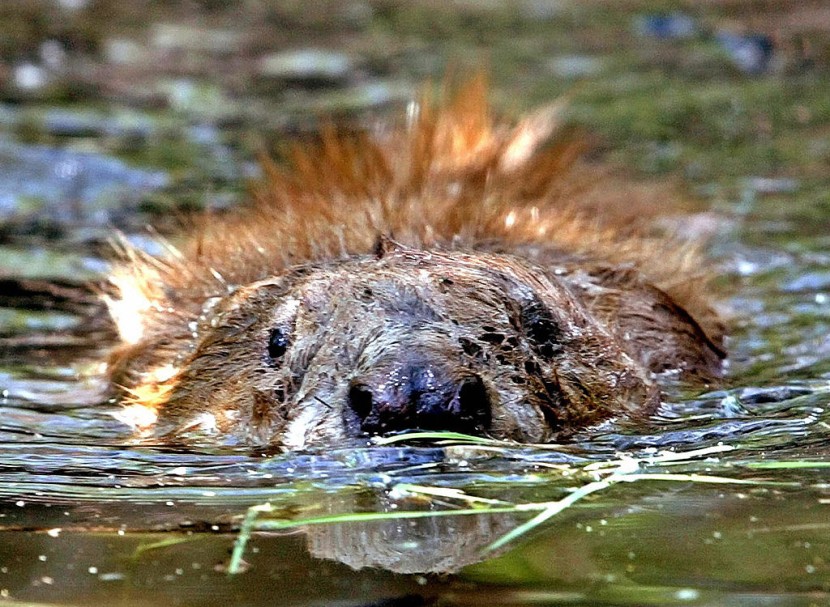Beavers concern scientists since these fluffy rodents could worsen the ongoing climate crisis by driving methane release in the Arctic.
If you love watching Disney movies and other animated films or cartoons, then you know how cute beavers are. Just like in these shows, beavers are considered to be the landscape engineers of nature.

These large rodents can build natural dams and change streamflow with their wooden barriers, benefiting wetland habitats and increasing biodiversity.
However, if they do this in unlikely places, such as the Arctic region, then their wooden barriers can negatively affect the environment.
Beavers Concern Scientists as They Could Worsen Climate Crisis
Scientists from Alaska warned that beavers are transforming the stream through western Alaska. They confirmed this alarming detail after analyzing some satellite images.
Based on aerial photos taken during the 1980s, the stream in Alaska, Fairbanks, was still narrow (almost looked like a long string). But, in the latest satellite images, the stream drastically widened; some black patches can be seen.
Experts said that these black patches are actually ponds that are dozens of meters apart. Scientists said that beavers are now pushing north into new territories, as reported by The Guardian.
They also confirmed that the number of beaver ponds on streams in the Arctic tundra of Alaska has doubled in the past 20 years; reaching at least 12,000 ponds.
"What's happening here is happening on a huge scale," said Ken Tap of the University of Alaska, who is an ecologist who tracks beavers in the sparse northern landscape.
Scientists explained that beaver ponds are new bodies of water that can cover bare permafrost. Since the water delivered by these ponds is warm, permafrost would most likely thaw.
Once this happens, methane would be released. For those who are unfamiliar with methane, it is considered to be one of the most potent greenhouse gases.
This means that these methane releases can drastically contribute to the worsening of climate change.
Read Also : [STUDY] Domestic Cats Kill Over 2000 Species on Average-Over 340 Of Prey are of 'Conservation Concern'
Beavers Also Affect Other Locations

Aside from Alaska, Colorado Boulder Today reported that beavers are also negatively affecting the Western U.S.
This is because their activities could exacerbate the spread of mercury-containing toxins in rivers, as well as the surrounding habitats.
However, these rodents only cause harm to the environment because they are building their ponds in the wrong places.
If they can be directed to other locations that need enriching biodiversity and increasing water quality, then beavers can be a helping hand.








